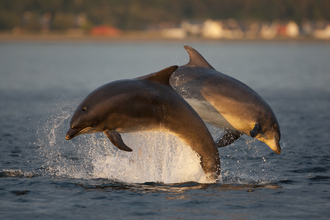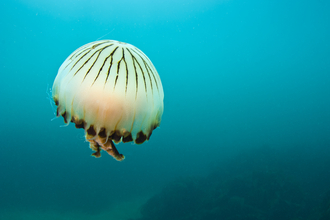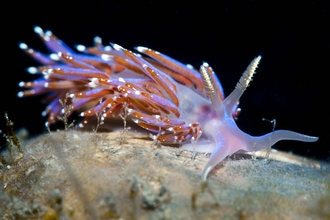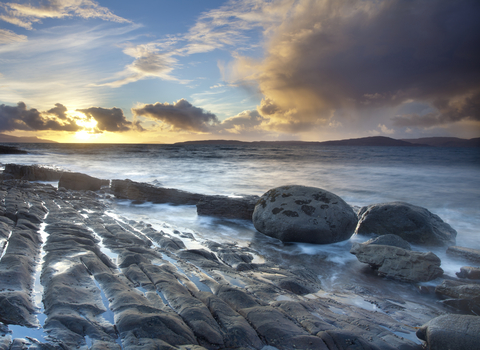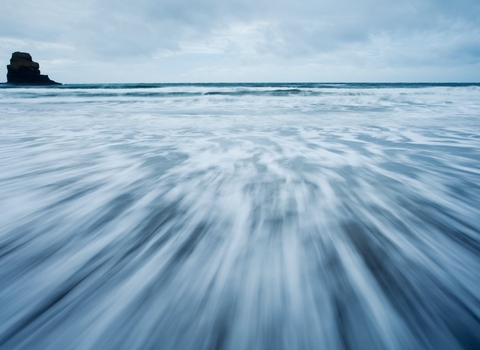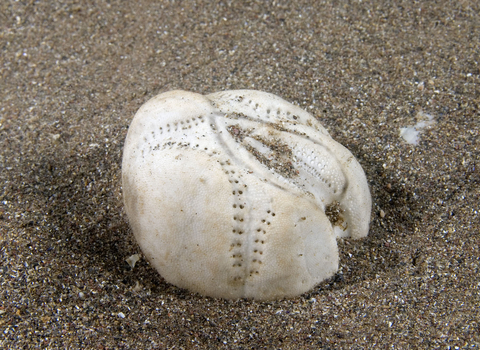
Sea potato shell ©Paul Naylor www.marinephoto.co.uk
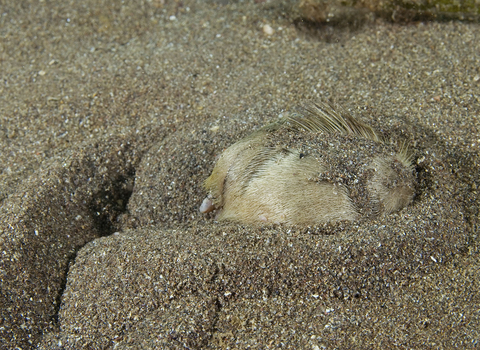
Sea potato ©Paul Naylor www.marinephoto.co.uk
Sea potato
Sea potatoes may have a funny name, but they are perfectly adapted for life in the sand. They are a type of sea urchin that live in a burrow in the sand, feeding on dead animals and plants using their tube feet!
Scientific name
Echinocardium cordatumWhen to see
January to DecemberSpecies information
Category
Statistics
Diameter: 6-9cm Average Lifespan: 10-20 yearsConservation status
Common

